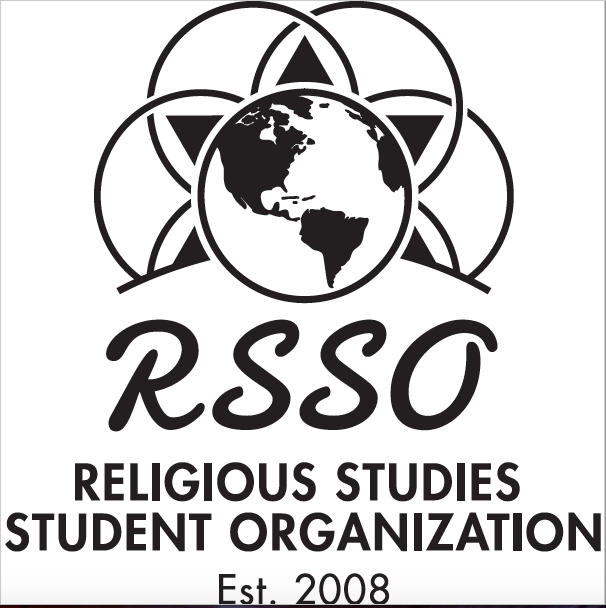Moderator
Dr. Mark Peterson
Start Date
13-4-2019 11:00 AM
End Date
13-4-2019 12:00 PM
Abstract
President Richard Milhous Nixon would remark in relation to his domestic policy that it was “building outhouses in Peoria” when compared to his foreign policy objectives. However, one notable “outhouse” from this foreign policy president was the one Nixon and his administration built for the people who lived in what is today the United States of America before anyone else: American Indians. The Nixon Administration charted a new course in Indian affairs by ending termination and ushering in the current era of federal American Indian policy. This policy change was accomplished through the work of White House officials in attorney Leonard Garment and his executive assistant Bradley H. Patterson among others but also because of a man who had touched the President’s personal life deeply in Wallace “Chief” Newman. Chief Newman was the football coach of Whittier College, a small Quaker institution, when a young Richard Nixon was a student there in the early 1930’s. Newman left a lasting impact in the small Quaker town of Whittier, California and was a second father to the men who played under him. Outside of coaching, Newman was a tribal leader active both in his own La Jolla Band of Luiseno Indians and the California American Indian community more broadly. Newman's career in Whittier and Nixon's willingness to support American Indian religious rights during his presidency were Quaker rooted. Nixon's Return of Blue Lake to the Taos Pueblo which functioned as a pagan shrine showcased the presidents' Quakerism in the respect for other faiths while Chief Newman's college coaching career started and ended at Whittier despite a superior coaching record than his next two successors in George Allan and Don Coryell who would both go on to have distinguished NFL coaching careers after using the Whittier job as a starting point.
Nixon and the Chief: Quakers, the Return of Blue Lake and Nixon’s Indian Mentor Wallace J. Newman
President Richard Milhous Nixon would remark in relation to his domestic policy that it was “building outhouses in Peoria” when compared to his foreign policy objectives. However, one notable “outhouse” from this foreign policy president was the one Nixon and his administration built for the people who lived in what is today the United States of America before anyone else: American Indians. The Nixon Administration charted a new course in Indian affairs by ending termination and ushering in the current era of federal American Indian policy. This policy change was accomplished through the work of White House officials in attorney Leonard Garment and his executive assistant Bradley H. Patterson among others but also because of a man who had touched the President’s personal life deeply in Wallace “Chief” Newman. Chief Newman was the football coach of Whittier College, a small Quaker institution, when a young Richard Nixon was a student there in the early 1930’s. Newman left a lasting impact in the small Quaker town of Whittier, California and was a second father to the men who played under him. Outside of coaching, Newman was a tribal leader active both in his own La Jolla Band of Luiseno Indians and the California American Indian community more broadly. Newman's career in Whittier and Nixon's willingness to support American Indian religious rights during his presidency were Quaker rooted. Nixon's Return of Blue Lake to the Taos Pueblo which functioned as a pagan shrine showcased the presidents' Quakerism in the respect for other faiths while Chief Newman's college coaching career started and ended at Whittier despite a superior coaching record than his next two successors in George Allan and Don Coryell who would both go on to have distinguished NFL coaching careers after using the Whittier job as a starting point.

